Jim Crumley’s new book documents the seasons and encourages readers to ‘listen to the land’. Gayle Ritchie chats to the Courier columnist about his landmark volume.
Once upon a time, a little boy of three stood in the garden of his parent’s prefab in Dundee and gazed up at a flock of wild geese flying overhead.
It was a cool September afternoon. The leaves on the trees were turning and the distinct chill in the air made the young Jim Crumley hug his big grey coat tightly around him.
It was the first time that the sound of geese had sent him running to the window or into the garden, and it has done ever since.
“Every overhead skein of wild geese harks me back to that old September, and I effortlessly re-inhabit the body and mind-set of that moment of childhood wonder,” says Jim. “Nothing else, nothing else at all, has that effect.”
Jim, who describes himself as a “child of autumn”, spent years contemplating writing a book about autumn – in the words of John Keats, the “season of mists and mellow fruitfulness”.
And when Jim finally sat down to write that book, many years later, when he was in his 60s, it was this memory of wild geese that stirred his soul – that first moment of awareness that certain things outside happened at certain times of the year.
“Autumn, in my mind, is a tapped kaleidoscope, a shifting sorcery of shapes and shades, a revitalising of the wild year after the too-long dirge of late summer, a maker of daring moods,” he muses.
“I like the light, the new scents, the wildlife spectacle when the arctic migrants arrive, and of course the colours, the way the land changes, and especially the transformation of trees.”
Moment of beauty
The book was conceived in a “moment of beauty” after a few fiery autumn days spent on Skye.
Noticing a stand of aspen trees, shaded by Scots pine but gilded and backlit by sunlight that bounced off the surface of Loch Garry, he pulled into a lay-by, found his notebook and pen, and wrote: “Twice-gilded aspens, Loch Garry, a book about autumn,” and drove on.
“That was the moment,” he recalls.
It was a moment that lay in Jim’s notebook, unexploited, for three years, but all the while, in his words, was “photosynthesising”.
Eventually, from this small green shoot of an idea, a book was formed, The Nature of Autumn, which in turn became a quartet of books, for it was followed by The Nature of Winter, Spring and Summer.
“Four books in five years,” says Jim. “It was an endeavour that, crucially, came to feel like a single piece of work.”
Evolution
His new book, Seasons of Storm and Wonder, published this month, is the final phase of the evolution of that moment above Loch Garry – “a reworking of those four books into one, a final harvesting, and that too befits it autumn roots.”
The landmark volume brings together Jim’s sweeping five-year quest to document the glories of the seasons and how far they themselves have shapeshifted since his early days observing his natural surroundings.
Autumn, in my mind, is a tapped kaleidoscope, a shifting sorcery of shapes and shades, a revitalising of the wild year after the too-long dirge of late summer, a maker of daring moods.”
JIM CRUMLEY
It explores the damage to the Earth’s natural rhythms, laying bare the impact of an increasingly chaotic climate on our wildlife, habitats and biodiversity, urging us all towards a more daring conservation vision that embraces everything from the mountain treeline to a second spring for the wolf.
But it also relishes the enduring beauty and wonder of nature itself.
Listen to the land
After a lifetime of immersing himself in the landscapes of Scotland and a handful of other northern countries, Jim, who has written more than 1,000 nature columns for The Courier, has amassed a body of knowledge and insight and a bank of memorable imagery.
At the heart of Jim’s writing is a simple message – listen to the land.
“The land is trying to tell us some self-evident truths,” he reflects.
“Re-learning the lost art of listening to the land – and acting upon what it is trying to tell us – will go a long way towards fixing our broken planet.
“I suppose what I would like to emerge from the book is that its readers reappraise our relationship with nature.
“We are just one of its teeming species, yet we act as if we have a kind of God-given right to control nature. That’s the great fault line.
“It threatens everything. Healing the fault line is not a new idea.
“I quote four great writers on the subject – the American Barry Lopez writing in 1986, Rachel Carson in 1962, Gavin Maxwell in 1960, and Henry David Thoreau in his immortal Walden, written in 1854.”
WRITING PROCESS
When Jim sat down late one night to write Seasons of Storm and Wonder, he did so with a small dram in his hands, leafing through pages.
The title came early, along with Jim’s determination to emphasise that in addition to the many adversities that afflict our planet, it is still as beautiful as it is broken.
“It is the beauty of the Earth that makes it worth the fight,” he says.
“For me as a writer, it began to feel like a single volume edition would be the most important book I’d ever done.
“It wasn’t just a case of sticking the four seasons books together inside a single cover.
“The whole thing had to be re-imagined, the individual books deconstructed and slimmed down (deleting whole chapters was the trickiest part, a bit like shedding your own blood!).”
The icing on the cake
Stirling-based Jim was “thrilled beyond words” when his friend and Scotland’s Makar, Kathleen Jamie, wrote the foreword, saying: “That really was the icing on the cake.”
Season of Storms and Wonder covers all Scotland from northmost Shetland to St Kilda to Galloway and Berwickshire and all across the Hebrides and the Highlands, not forgetting his native country all around the Firth of Tay.
The highlight of all the book’s travels was a week in Norway’s Lofoten Islands 100 miles inside the Arctic Circle in the summer of 2018, where Jim met serious global warming face to face – a temperature of 34 degrees.
“But what a land-and-seascape, and 20 sea eagles in eight days and mountains awash with alpine flowers, and every island looked like the Skye Cuillin,” he reflects.
His most lasting impression? “The troubling gaps in Scotland’s biodiversity – native woodland, and wetland in desperately short supply, the paucity of the big beasts in nature. And – where are the wolves?”
Some extracts from Seasons of Storm and Wonder
The Accidental Kingfisher, River Leny near Callander
“It came upstream, so from my right, and it was as sunstruck and bejewelled and bedazzling as any kingfisher you ever saw, and it took the bend on the inside and for as long as it takes a kingfisher eye to blink I saw its reflections of the seven willow trunks and then dowse in the same moment… It advertises its presence with a seabird-like splash of droppings, and that was what caught my eye in the binoculars as the kingfisher vanished.”
The Wolf, River Leny near Callander
“There is a movement in the long grass out on the floodplain. It is the head – small ears erect, eyes of deep gold – and the back of a grey wolf. It emerges from the long grass and comes to sit by the willow. Tree and wolf appear to know each other. The wolf looks up and downstream hen straight across the river at me. Its gaze rests on me. I have known this feeling twice before, to be the centre of a wolf’s attention. There is no feeling quite like it on the face of Earth… It steps into the current and swims across, heading for a small bank of gravel just below where I sit. From there, it scrambles easily up onto the bank and shakes itself, and I am anointed by river water discarded by the pelt of a wolf. Then it comes up to sit beside me facing the mountain, as I do myself. We are a yard apart, no more. We share a kind of natural camaraderie, a deep calm. The river is the only sound.”
The Golden Eagle, hills between Balquhidder and Glen Dochart
“There had been no sound, nothing lodged in the corner of my eye, not even that playful wind. Instead, there was… a shift, a waft of awareness. And there was the eagle. Falling. Falling as nothing on Earth falls, and nothing in Earth’s sky. Falling as a state of grace. Falling as an art form, with beauty and purpose… That falling eagle breenged through the precise moment at the precise angle that caused the nape of its neck to flare with a pale gold sheen, and for what may have been no more than a second, no diamond ever shone with a finer lustre than that one.”
Listen to the Land
“The economics of sporting estates are an affront to the land itself and to the deer. I love red deer, love to watch them thunder over a bealach from a high mountain perch, love to find them placidly browsing a sunlit woodland corner (they are woodland beasts at heart), love to come close and listen to their conversations. But I despise what passes for Scottish land use policy has done to them. We have been accustomed for far too long to the reckless proliferation of deer, to pruning-sheared mountains and to the absence of wolves. We have lost the capacity, the inclination and the willingness to consult our mountains, to listen to our land.”
Landscapes of Lofoten, Norway
“It was an extravagant setting to frame a single black-throated diver: the tranquil lake, the two mountains beyond its far share, each dipping a mighty shoulder towards the other, a fraternal clasp, the warmth, the tranquillity, the verdant green that smothered the lower half of the mountains and reached high up into the gullies and surrounded buttresses. This was not the Arctic I believed in. Seton Gordon’s iced tarns and eternal snow were what I had expected, even though I am well read about the crisis in Arctic ice and Greenland’s disappearing glaciers, with the extent of the melting transmitted in billions, even trillions of tons of water. It took this moment of bearing witness to drive the message home. And do you know what was the most sinister aspect of the evidence confronting my own eyes? It was so utterly beautiful. It had never occurred to me that climate’s cataclysm was so two-faced. In my head I heard again the voices that had introduced me to this new reality, voices both incredulous and uncomprehending… the two passengers as the plane prepared to land: ‘Did he say 24 degrees?’. “No, I think he said 34 degrees’. And the car hire man: ‘Hi, welcome to Spain’. The heat on the tarmac was like a wall.”
- Born in Dundee, Jim began his career as a journalist at DC Thomson aged 16. He went on to become the youngest editor in the Stirling Observer’s history. In 1988 he left his features job at the Edinburgh Evening News, in the words of his then boss, to “follow his star” and become a writer about the natural world.
- He’s written more than 40 books, mostly on the wildlife and wild landscape of Scotland, many of them making the case for species reintroductions, or ‘rewilding’.
- Jim is also a poet, an occasional broadcaster on both radio and television and a widely published journalist with columns in The Courier and Scots Magazine.
- Seasons of Storm and Wonder, priced £25 in hardback, is available at saraband.net
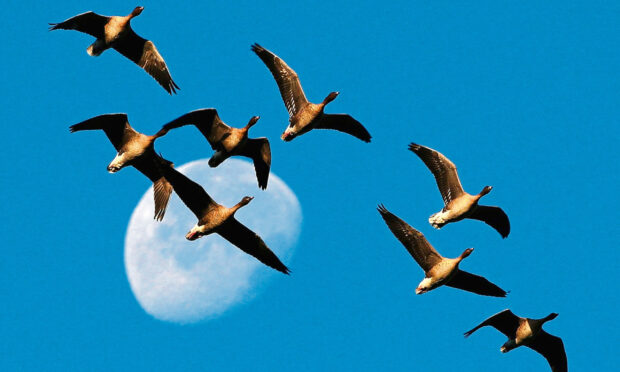
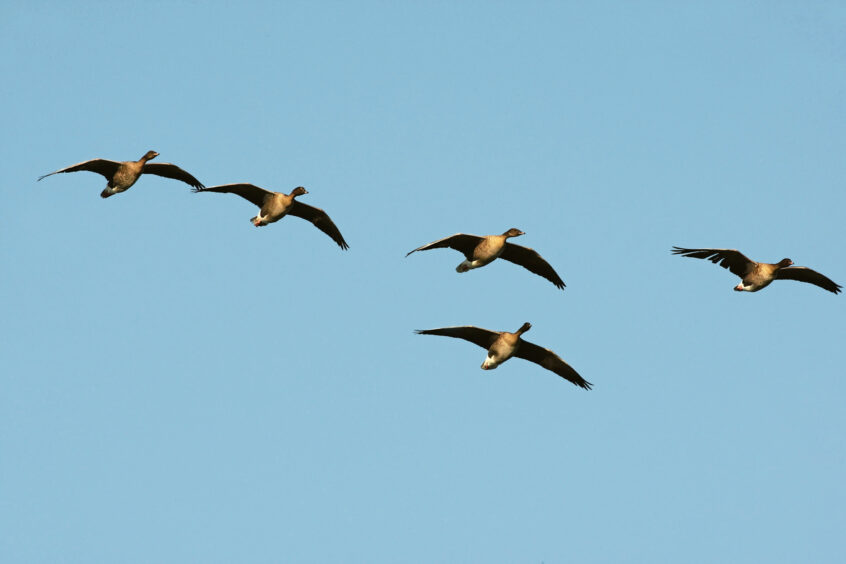
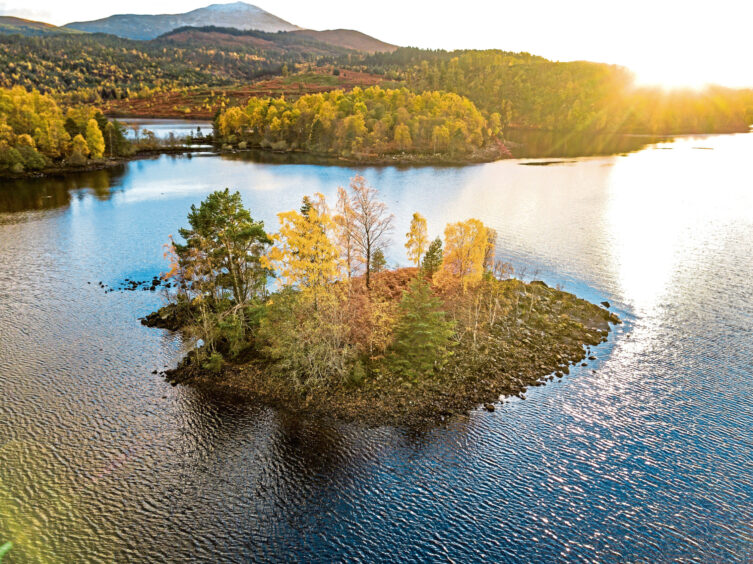
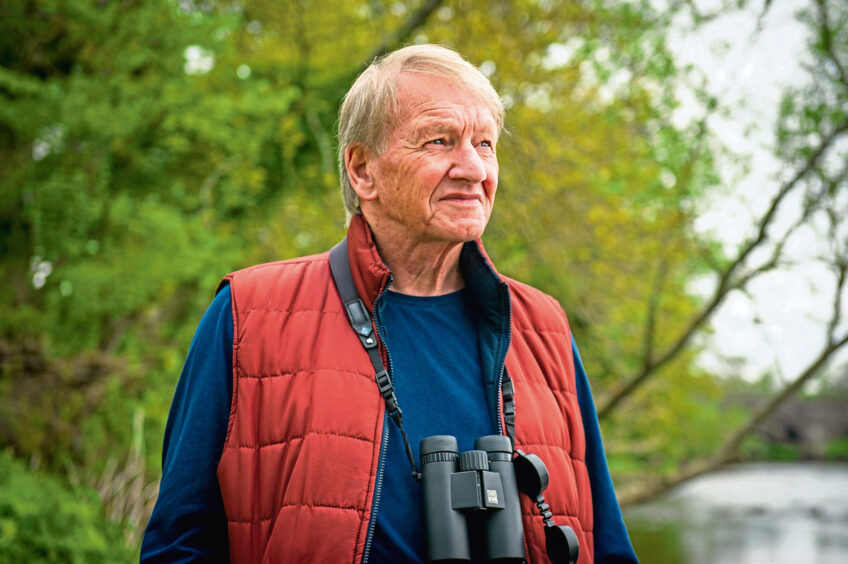
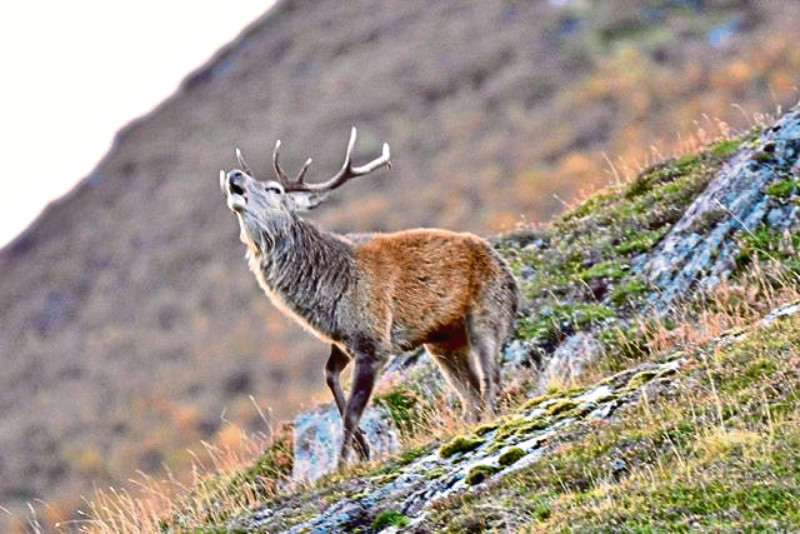
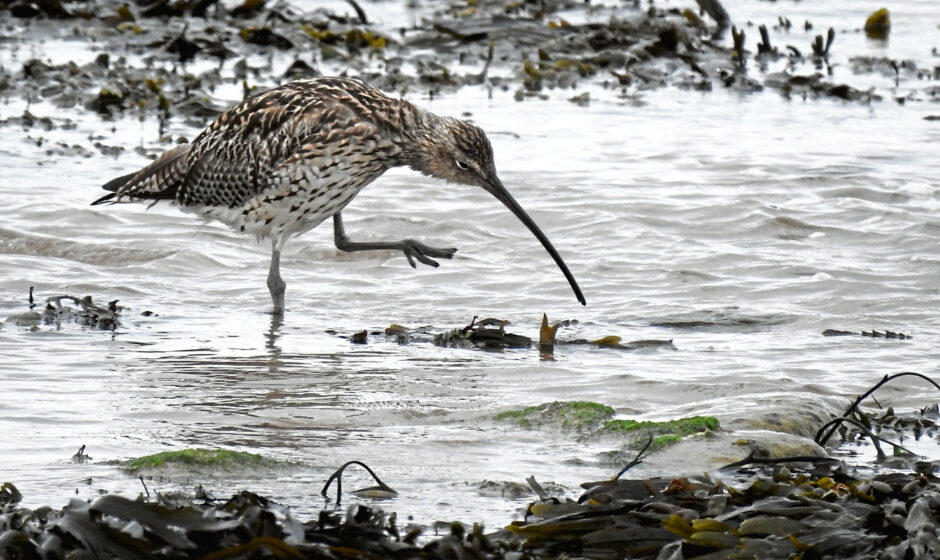
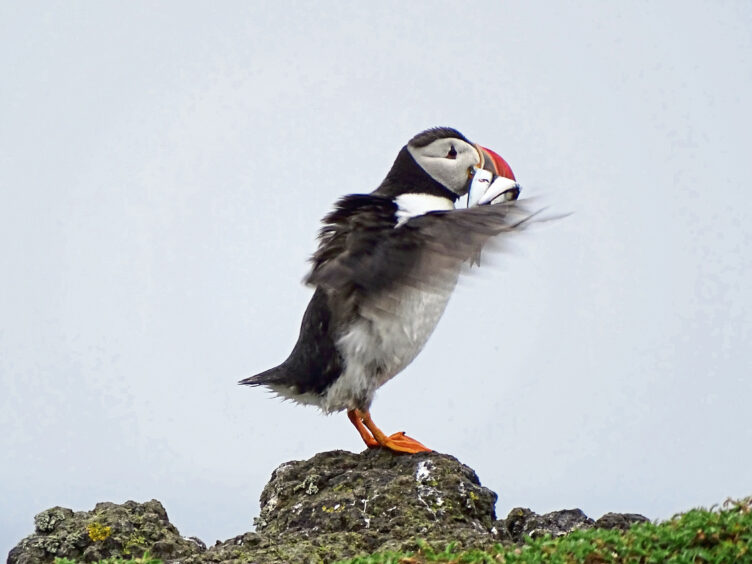
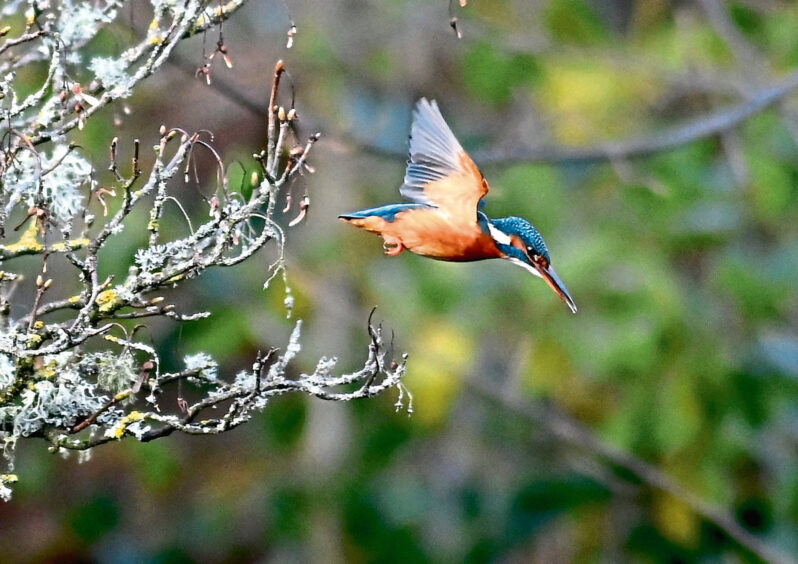
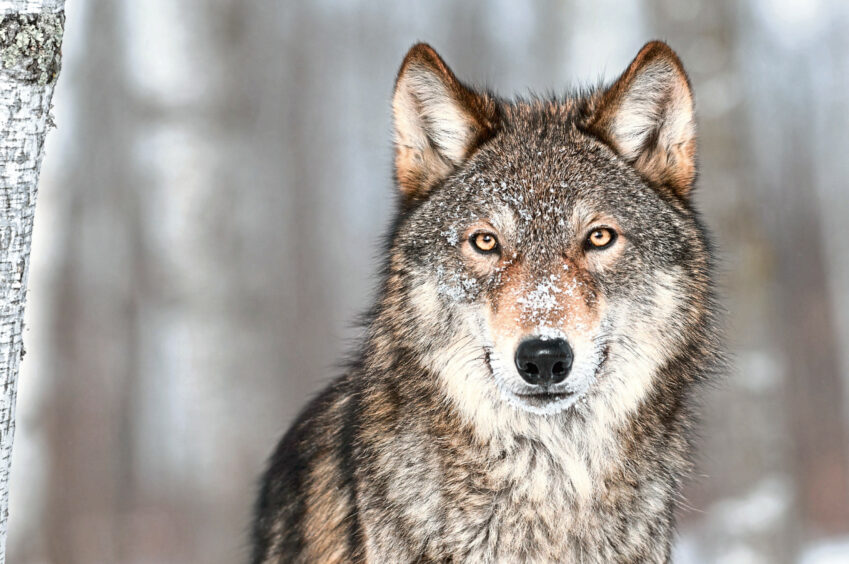
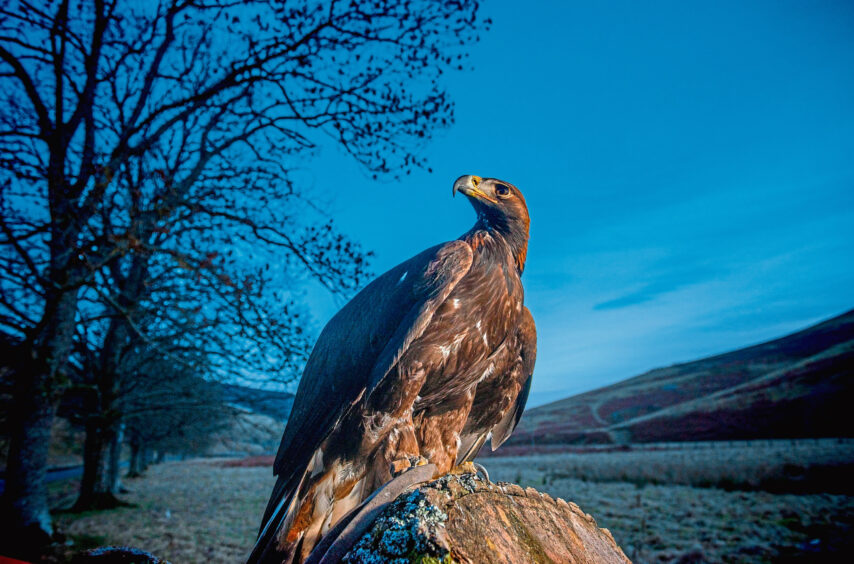
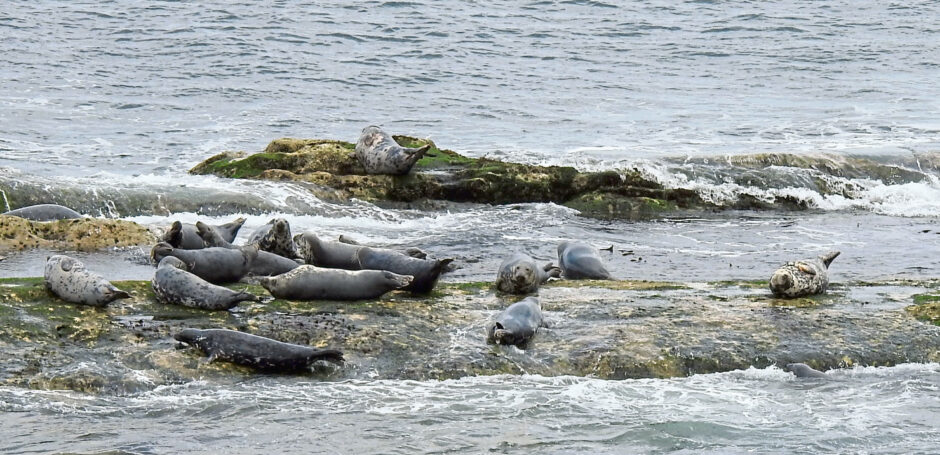
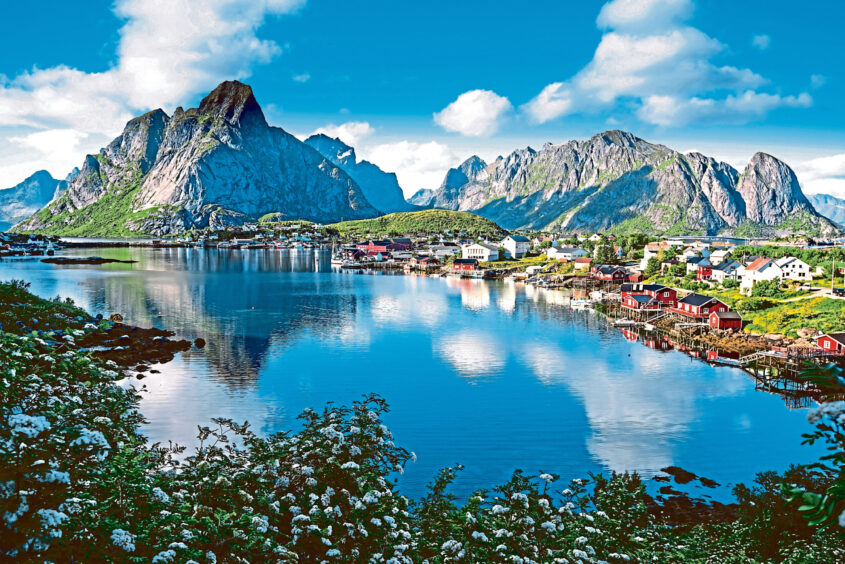










Conversation